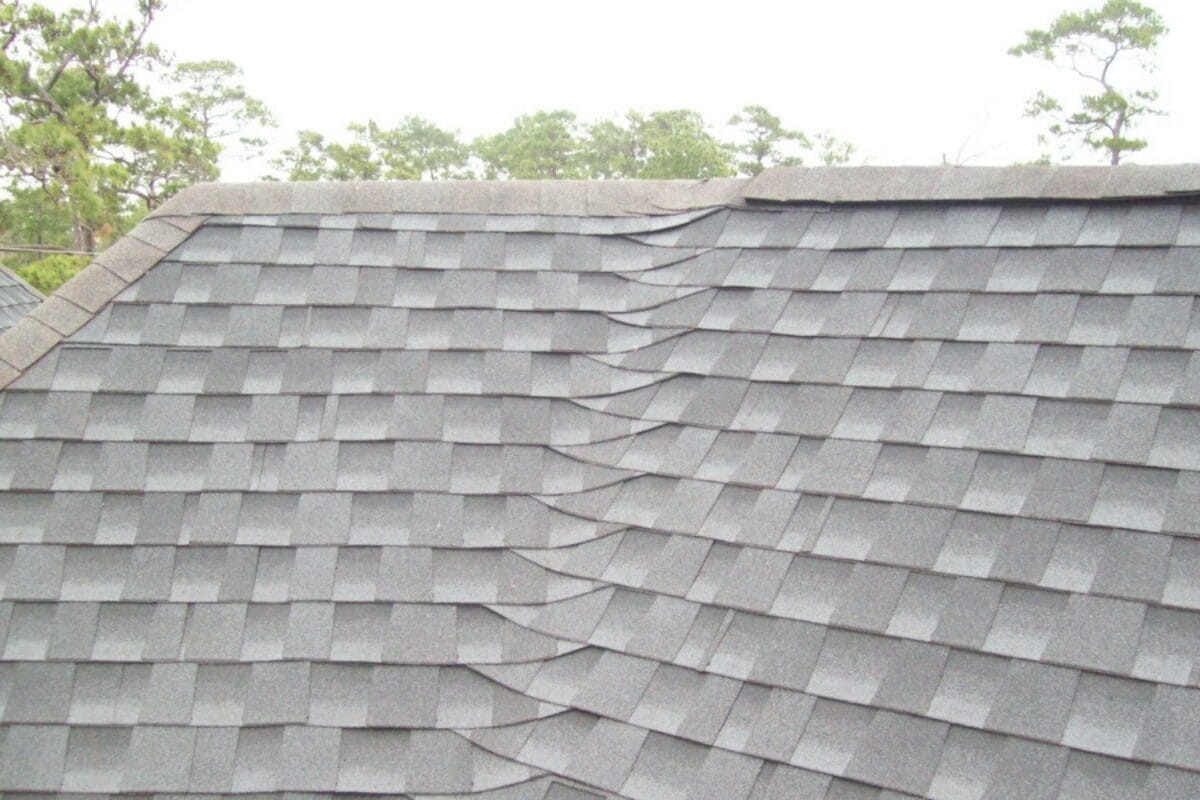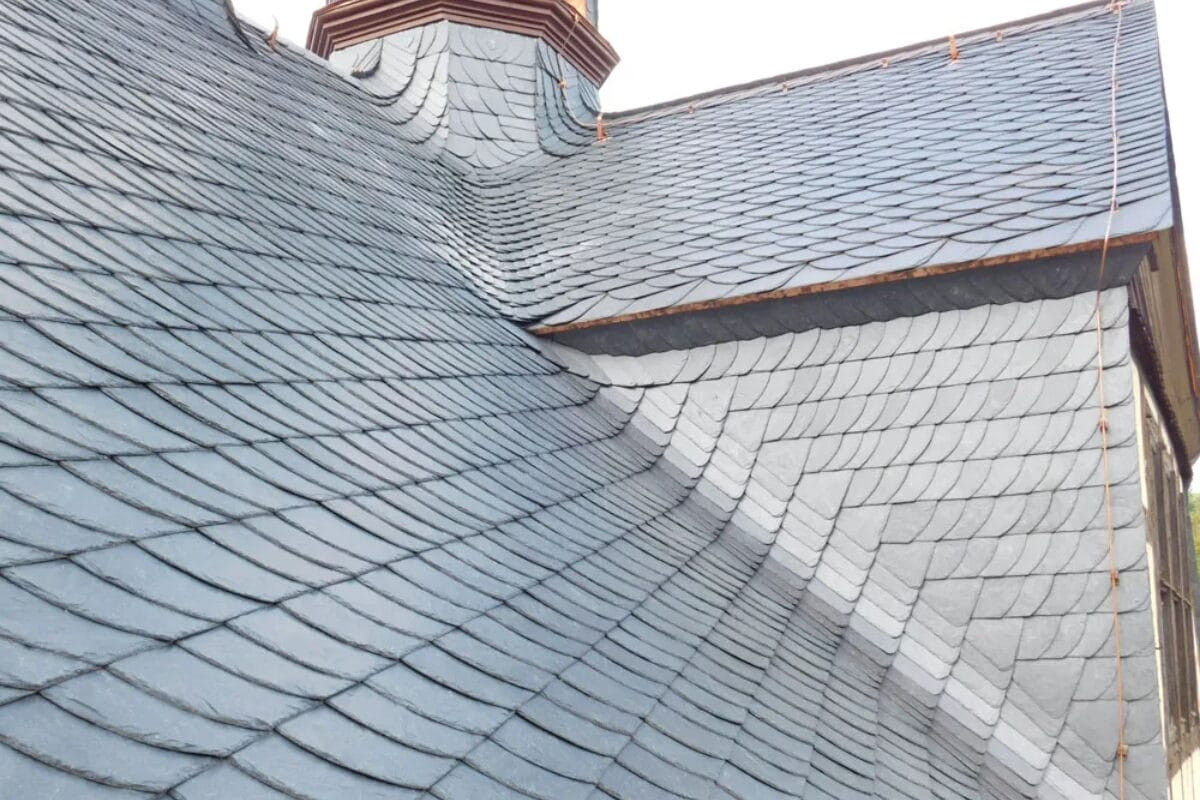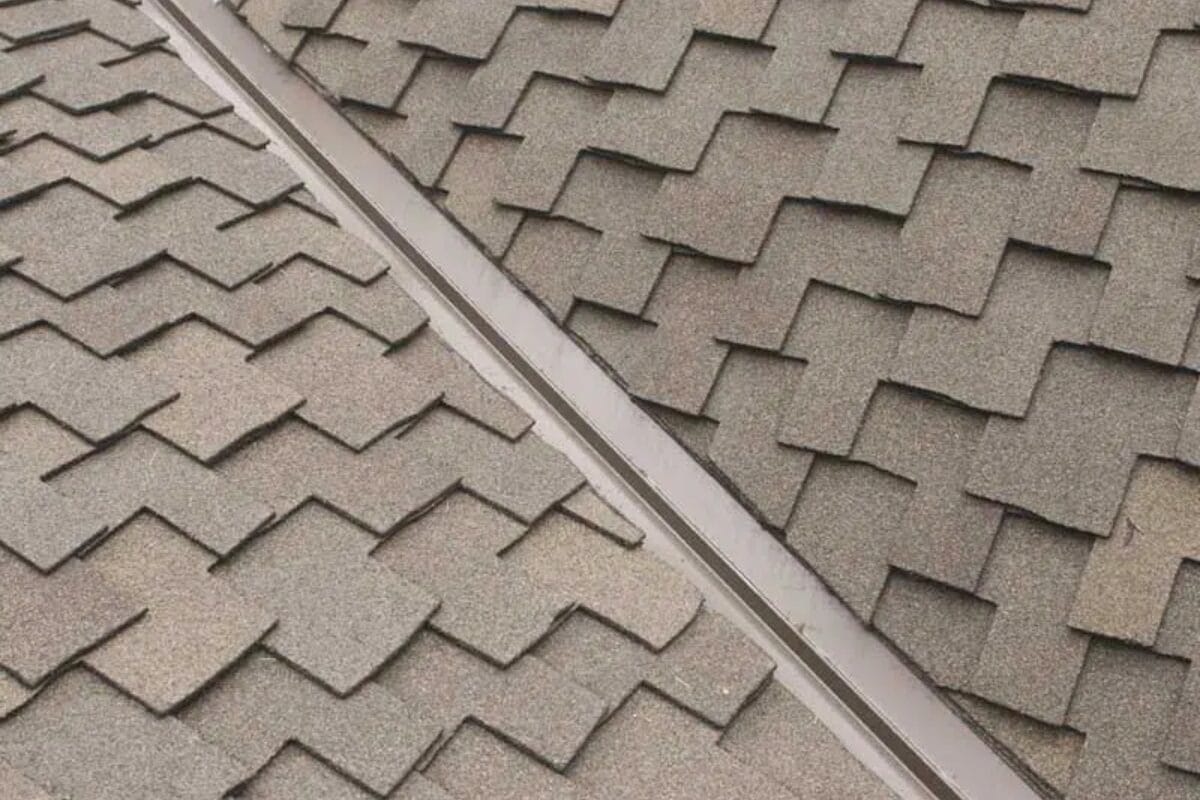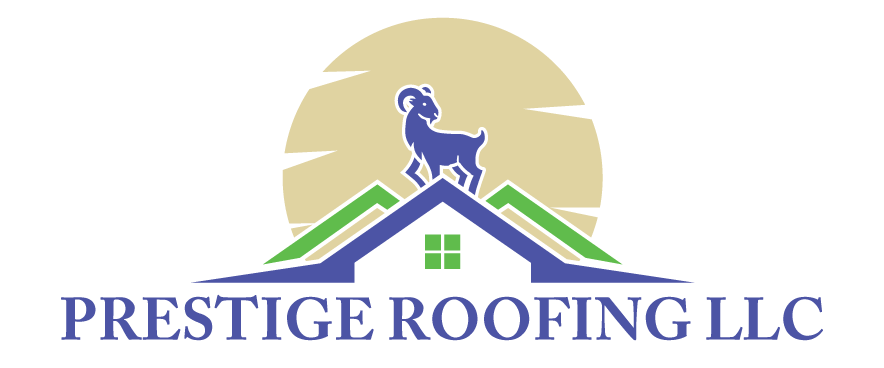Roof valleys are a component of a roofing system that not only elevates the visual appeal of your home but also amplifies its performance. By effectively directing water off the roof and into the drainage system, they shield your roof from potential damage, potentially prolonging its lifespan.
This blog post hopes to provide an understanding of roof valleys, highlighting their benefits, various types, and the potential issues that can occur if they are left neglected. We will also guide you through selecting the most suitable roof valley type for your home.
Understanding A Roof Valley In Detail
As you may guess from its name, roof valleys are a part of the roof that mimics the appearance of a valley with two sloping sides that form a channel. The sloping surfaces create an interior angle, forming a long, narrow water channel that effectively drains water from the top of the roof to the gutters, and away from your home through the downspouts.
Roof valleys are special additions to any roof and can occur in various locations.
However, despite their simple and appealing look, roof valleys are more complex in design and installation, requiring professional assistance. As professional roofers serving home and commercial building owners in Northern Wisconsin, we don’t recommend DIYers attempt to create roof valleys or replace a roof themselves.
Also read: Pros & Cons Of DIY Roof Replacement (& How Much Does It Cost)
Three Main Types of Roof Valleys
Like other parts of a roof, there are different types of roof valleys that you can opt for depending on your needs. There are three main types to choose from, and each design has its own set of advantages and disadvantages.
1. Woven Valleys
Woven valleys are probably the most common design that comes to mind when people think of roof valleys. This design involves interlacing the shingle layers from either side of the valley in order to create a continuous appearance.
This type of valley offers better curb appeal that homeowners love, but it can take significant time to install compared to other types of roof valleys, which may increase the cost of labor for your project.

2. Closed-Cut Valleys
Closed-cut valleys are a popular design choice due to their clean and seamless appearance. This design involves closely laying down shingles on either side of the valley, allowing them to overlap, and then cutting a straight line down the middle of the valley.
The closed valley design is not only aesthetically pleasing but also provides better protection against water infiltration. This is because the shingles are cut and fitted tightly together, leaving no gaps for water to seep through.

3. Open Valleys
Open valleys are a popular type of valley design used in roofing systems. They are particularly suitable for roofs with lower slopes where efficient water flow control is necessary. Open valleys showcase exposed metal flashing that runs along the entire channel length. This flashing adds an extra layer of protection against water damage and further enhances the valley’s durability and longevity.
Additionally, the metal flashing creates a unique aesthetic appeal that adds to the overall look and feel of the roof. Many homeowners and roofing contractors prefer open valleys due to their superior performance and striking appearance.

What Is Roof Valley Flashing?
So, how do you waterproof those critical valley channels? That’s where flashings come into play. These are water-resistant membrane materials (usually metal or rubber-based) that roofers use to seal the entire valley area.
When installed properly, it creates an impenetrable yet flexible channel for running water efficiently from start to finish.
The Most Common Roof Valley Flashing Materials
1. Aluminum And Steel
This is one of the most popular valley flashing materials. Aluminum or galvanized steel sheets get custom bent and woven into the shingle layers for a seamless, water-shedding fit. Metal valleys tend to be very durable and long-lasting.
2. Rubber/Synthetic Flashing
These peel-and-stick membranes are also becoming an increasingly common valley-flashing material. They’re lightweight, easy to work with, and can conform to bends and angles.
3. Copper Flashing
A premium metal option preferred by many for its striking looks and exceptional longevity. Properly installed copper flashing can last around 50 to 100 years without deterioration. However, they come with a higher upfront cost.
The Most Common Problems With Roof Valleys
Now, what problems can roof valleys pose if you do not maintain them, or install them poorly?
1. Improper Initial Installation
Sometimes, roof valley problems originate before the roof is even completed due to the initial construction phase. If the valley is not properly flashed, covered by the surrounding shingle materials, or the shingles are not carefully woven into the proper layering sequence, leaks may be a common issue.
2. Storm and Debris Damage
Besides normal weathering, roof valleys are also highly susceptible to damage from severe storms and fallen debris like overhanging tree branches. Strong winds can easily uplift and separate flashing edges, while hailstones can puncture and pit the materials.
Even a few cracked or dislodged shingles along the valley can create opportunities for leaks to occur.
3. Ice Dam Buildup
One of the biggest culprits behind valley failures is winter ice dam formation. When heavy snow and ice accumulate in the valley channel itself, it obstructs melting snow that’s trying to drain off the roof.
With nowhere to go, the trapped water is often forced back up under the valley’s shingles, seeping under the underlayment and causing interior leaks and damage. This issue is especially prevalent on roofs with poor attic insulation, where the uneven temperature of the roofing surface promotes ice dam formation along the valleys.
Proper roof ventilation also plays an important role in regulating roof temperature and ice dam buildup. Therefore, you must always check the condition of your roof ventilation.
4. Deteriorating Materials
After decades of experiencing scorching summer heat, freeze/thaw cycles, hail impacts, and UV radiation, flashing material and valley shingles will start breaking down over time. You may notice cracking, pitting, warping, or granular loss that compromises the material’s water resistance and flexibility.
How To Maintain Your Roof Valley For A Long Roof Lifespan
UV rays from the summer sun, torrential rain, hail impacts, and repeated freeze/thaw cycles can all take their toll over time. However, regular inspection and maintenance are key to catching roof valley problems early. The following key points can help you keep your roof valley at its best throughout the year.
1. Clear Out Debris
Leaves, pine needles, and shingle granules tend to accumulate in valleys, blocking the movement of water trying to flow off the roof. You must remove the accumulated debris with a roof rake or leaf blower and keep your roof valleys clean to prevent water damage.
2. Look for Warning Signs
Closely inspect roof valleys for any cracked, warped, or misaligned flashing. You should also take note of any interior ceiling stains as signs of water penetration.
3. Apply Sealants
If you spot small separations or gaps, you can re-apply exterior caulking and roof cement to reseal flashing and shingles along valleys. However, larger cracks will likely require professional repairs or partial re-flashing.
Final Thoughts
When choosing which type of roof valley to use, homeowners should consider various factors, such as their current roof design, regional climate patterns, and desired aesthetic. Each type of valley has its own pros and cons in terms of waterproofing, installation complexity, and overall appearance. The one you choose will depend on your specific needs and preferences.
Contact The Professional Team In Northern Wisconsin For Your Roofing Needs
Roof valleys play both an aesthetic and functional role on the roof. They can only be installed by professional roofers skilled and experienced at their job, so if you are thinking roof valleys for your roof, contact the trusted experts at Prestige Roofing.
The roofers at our company are proficient at handling any roofing project and work closely with the property owners. If you want to install a new roof, or repair a small section of it, contact us today at (920) 791-0414 and consult a roofing professional about your roofing needs.

